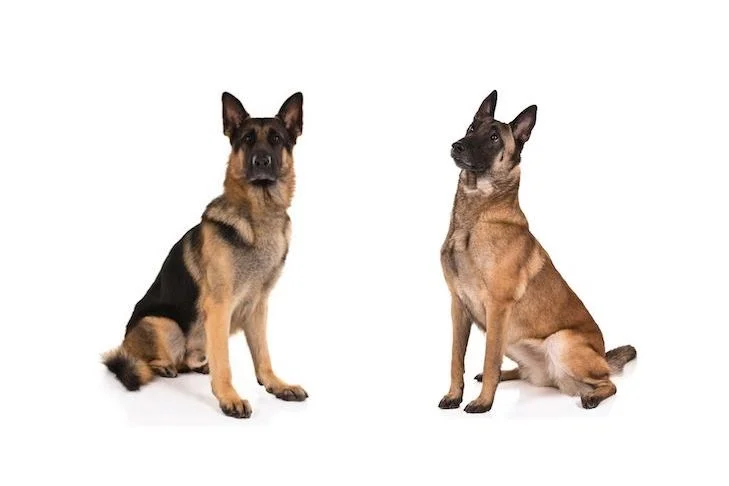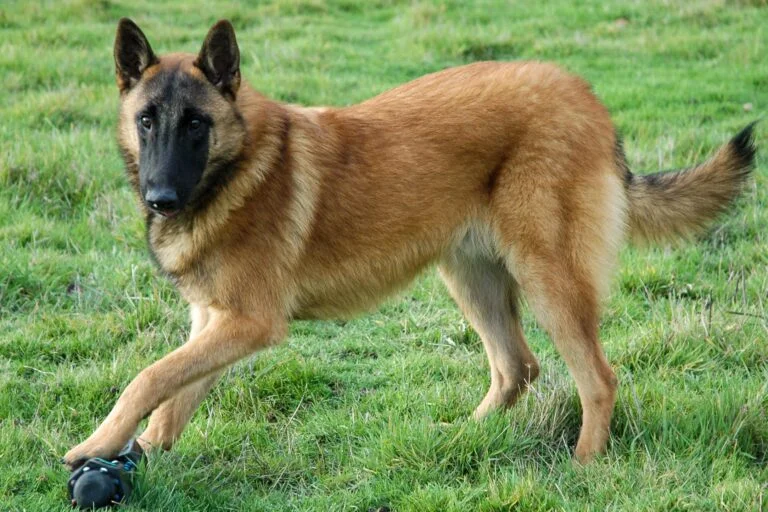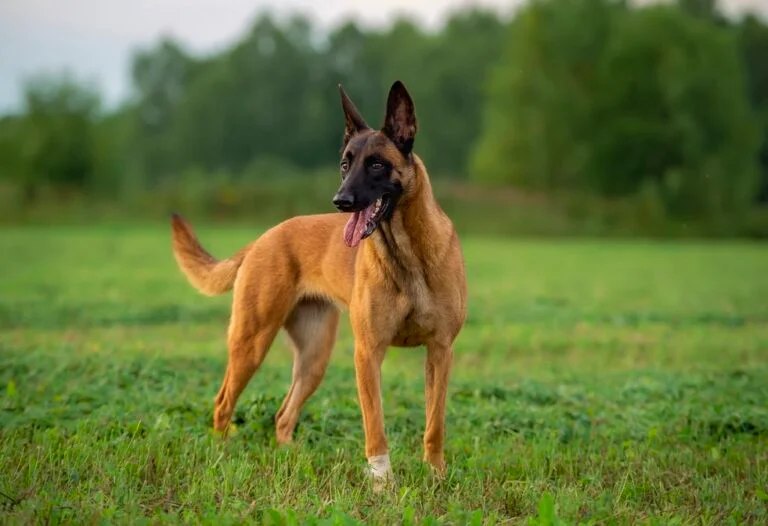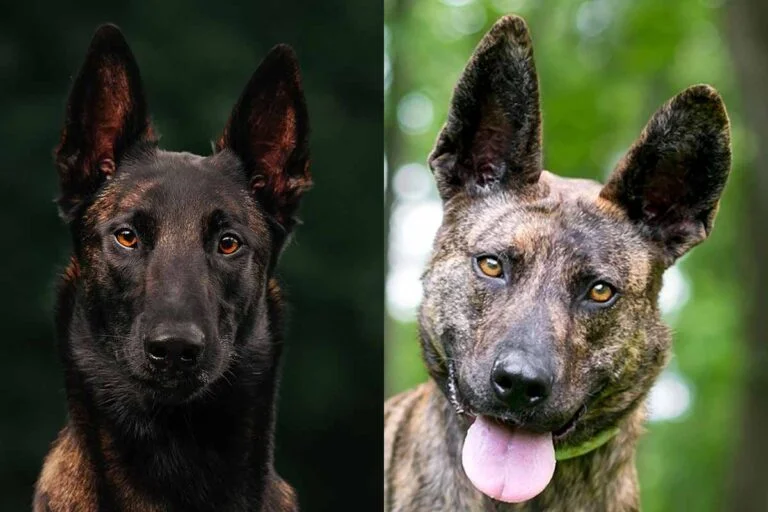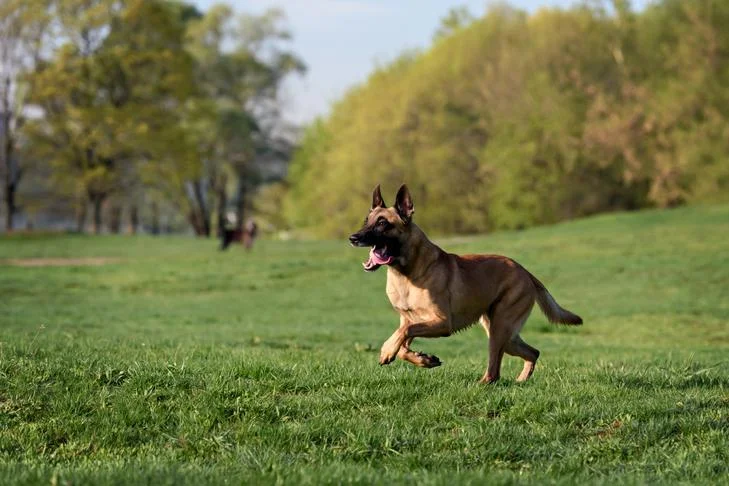Unraveling the Nuances: Difference Between a Belgian Malinois and a German Shepherd
The Belgian Malinois and the German Shepherd: two breeds that often leave onlookers in a dilemma due to their superficial similarities. However, connoisseurs of the canine world are aware of the profound distinctions that set them apart. This article delves deep into the characteristics, historical backgrounds, and temperaments of these breeds, unraveling the mystery that surrounds their identities.
Historical Origins: Tracing Their Roots
Both breeds have a rich history, closely intertwined with human settlements and working roles.
The Belgian Malinois
Originating from Malines in Belgium, the Malinois belongs to the group of four Belgian shepherd dogs. Historically, these dogs were dedicated companions of shepherds, safeguarding and herding livestock. Over time, their fame transcended borders, leading them to serve in police units, military, and even in roles that demand intense search and rescue skills.
The German Shepherd
The picturesque landscapes of Germany witnessed the emergence of the German Shepherd breed. Bred initially for herding and guarding sheep, their multifaceted skill set soon caught the attention of various industries. Today, apart from herding, they find themselves in crucial roles ranging from police work, military operations, to even the entertainment industry.
Deciphering Physical Characteristics
While they might bear semblance in structure, a keen eye can spot the myriad differences.
Body Structure
- Belgian Malinois: Boasting a lean and agile physique, the Malinois weighs between 40 to 80 pounds. This lighter frame grants them superior agility and speed, making them excellent sprinters.
- German Shepherds: A more robust build characterizes German Shepherds, weighing anywhere from 50 to 90 pounds. Their muscular frame exudes power, suited for jobs demanding strength and stamina.
The Coat Narrative
Their fur not only provides them with protection but also differentiates them significantly:
- Belgian Malinois: Their coat is short, straight, and often comes in colors from fawn to mahogany. A distinct black mask and ears give them an alert and captivating expression.
- German Shepherds: These canines have a medium-length coat that’s denser, providing them with added protection. They can be found in shades like black and tan, sable, and sometimes even pure black or white.
Temperament & Personality Traits
Belgian Malinois
The Malinois are high-energy dogs with an immense drive. Their active nature demands engagement, making them less suited for sedentary households. Sensitivity is another trait; hence trainers and pet owners need to ensure positive reinforcement techniques during training.
German Shepherds
Balancing energy with moments of relaxation, German Shepherds are fiercely loyal. Often protective about their families, they can be wary of strangers. However, with proper socialization, they can be amiable and warm companions.
Dedication to Training
Both breeds, owing to their intelligence, are highly trainable. Yet, their receptiveness to training methods can be contrasting:
- Belgian Malinois: A training regimen with a Malinois requires one to match their energy levels. Engaging them with positive reinforcement techniques yields the best results.
- German Shepherds: Their adaptable nature makes them receptive to various training techniques. However, consistency is the key to ensure they learn and retain commands.
Navigating Through Health Concerns
Like all breeds, both the Malinois and German Shepherds have potential health issues to be aware of:
- Belgian Malinois: With a lifespan averaging 12-14 years, potential concerns include hip and elbow dysplasia and retinal disorders.
- German Shepherds: They live typically between 9-13 years, facing potential issues like degenerative myelopathy, hip and elbow dysplasia, and certain gastric problems.
In Conclusion: Celebrating Their Unique Legacies
The Belgian Malinois and German Shepherd, each with their individual legacies, have etched their mark in the annals of canine history. Understanding the intricate differences between them is essential for potential dog owners, trainers, and enthusiasts alike. While they may share certain realms of functionality, their unique characteristics make them stand apart, each deserving of recognition and admiration in their right.

